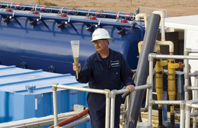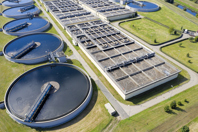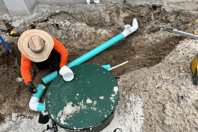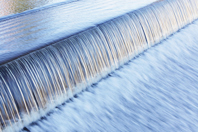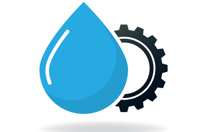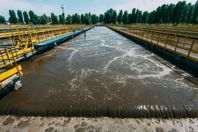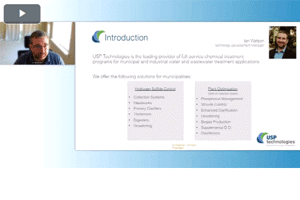WASTEWATER CONTAMINANT REMOVAL RESOURCES
-
Technology like advanced process control systems can streamline operations, create opportunities to lower costs and emissions, and ensure effluent quality meets the highest standards. Research also indicates that implementing an appropriate control strategy can help reduce N2O emissions.
-
The demand for smaller, highly effective wastewater treatment systems continues to grow due to land scarcity and high prices in many parts of the country and the desire by developers, builders, and homeowners to maximize the use of every square foot of property.
-
In two bench-scale tests, a new technology effectively removed up to 99% of chlorides and 97% of total dissolved solids in a single pass. This solution offers a commercially viable alternative to traditional treatment methods.
-
Researchers from Georgia Tech have developed an eco-friendly method to synthesize iron oxide nanoparticles from expired over-the-counter iron supplements. This approach not only gives value to discarded products but also supports a more sustainable and circular method of production.
-
When it comes to choosing a wastewater treatment strategy for a specific water issue, facility managers often start by asking themselves what the best technology is for addressing their contaminant. However, there are far more important questions that need to be answered first.
-
The business case for industrial water reuse has fundamentally shifted. Companies once evaluated these systems against environmental goals or regulatory compliance costs. Today, they're measuring them against operational risk and supply security — a calculation that increasingly favors reuse regardless of sustainability credentials.
-
Exploring the potential of bioengineering as a pathway to pollution remediation.
-
In this white paper, learn how real-time monitoring of ammonia (NH₃) and nitrogen (N) in wastewater treatment plants (WWTPs) can be a game-changer for optimizing treatment performance and energy efficiency.
-
Large wastewater facilities are designed to remove physical, chemical, and biological contaminants from domestic wastewater or industrial effluent, producing treated water that is safe to discharge into rivers. But they’re expensive and energy-intensive. They’re also difficult to maintain in rural areas where local government doesn’t get much revenue.

